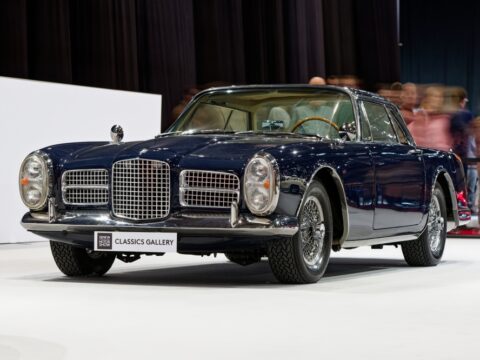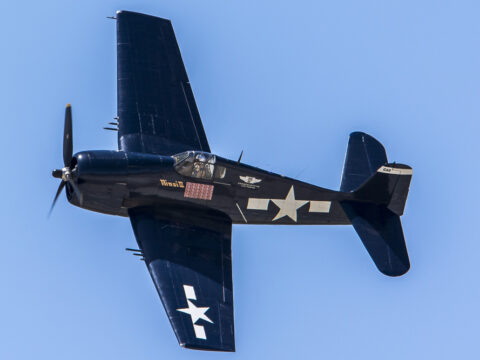Streamlined trains have long been symbols of speed, efficiency, and innovative design. Over the years, they’ve transformed the way we travel, combining engineering breakthroughs with sleek aesthetics. Here are 14 iconic streamlined trains that not only shaped the future of rail travel but also left a lasting mark on transportation design.
Contents
Pioneer Zephyr (1934)
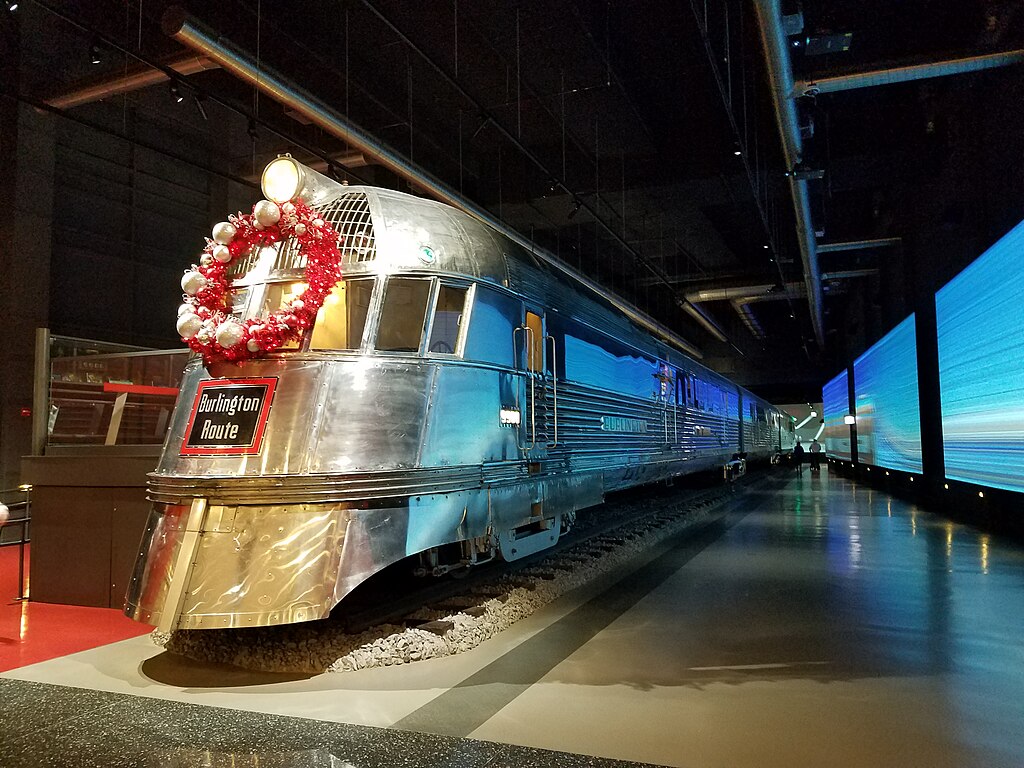
The Pioneer Zephyr ushered in a new era of rail travel, being the first diesel-powered, streamlined passenger train in the U.S. Its striking stainless-steel body, combined with cutting-edge technology, made it a marvel of efficiency. With speeds reaching 112.5 mph, it reduced travel time between Chicago and Denver dramatically. This groundbreaking design influenced train aesthetics and performance across America, setting the tone for future advancements in rail transport.
The Flying Scotsman (1923)
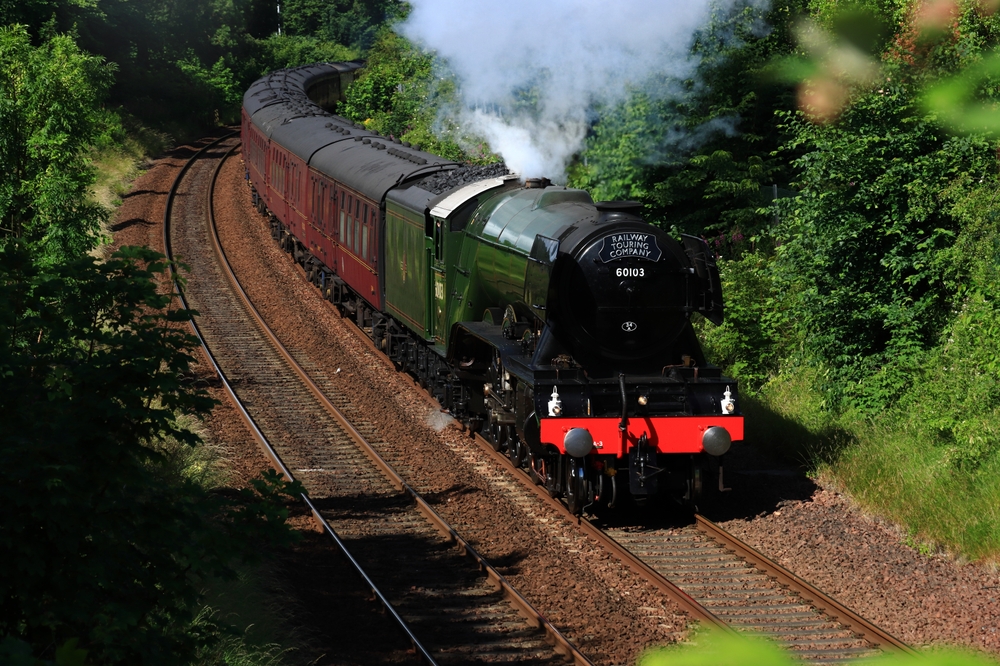
A symbol of British engineering, the Flying Scotsman captivated the public with its power and style. Upgraded in 1934 with streamlined features, it became the first train to officially hit 100 mph. This achievement, along with its sleek design, set new standards for speed and long-distance travel. Over time, it earned legendary status, influencing the development of high-speed rail in Britain and beyond.
Super Chief (1936)
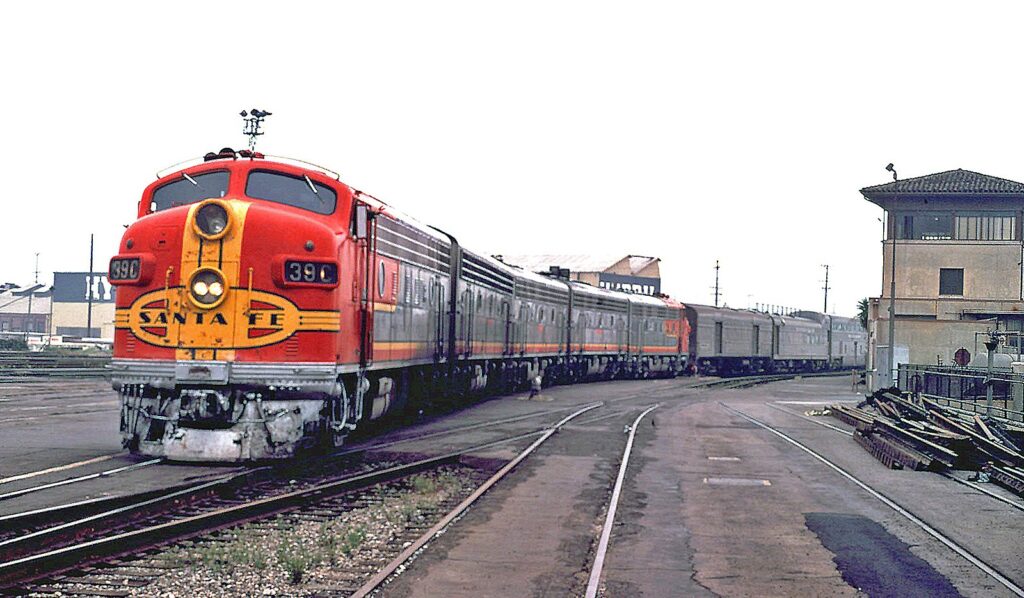
Known as “The Train of the Stars,” the Super Chief became synonymous with luxury travel between Chicago and Los Angeles. Its streamlined Art Deco design made it a cultural icon, appealing to Hollywood’s elite. Offering unparalleled comfort and service, it set a new benchmark for long-distance train travel in the U.S.
Mallard (1938)

The Mallard, a British steam locomotive, holds the world speed record for steam engines at 126 mph, a feat achieved thanks to its aerodynamic design. Its streamlined body, with a sloped nose, helped reduce air resistance and maximize speed. This combination of power and design made the Mallard a model for future trains focused on both efficiency and aesthetics. It remains a symbol of British railway innovation to this day.
ETR 300 Settebello (1953)
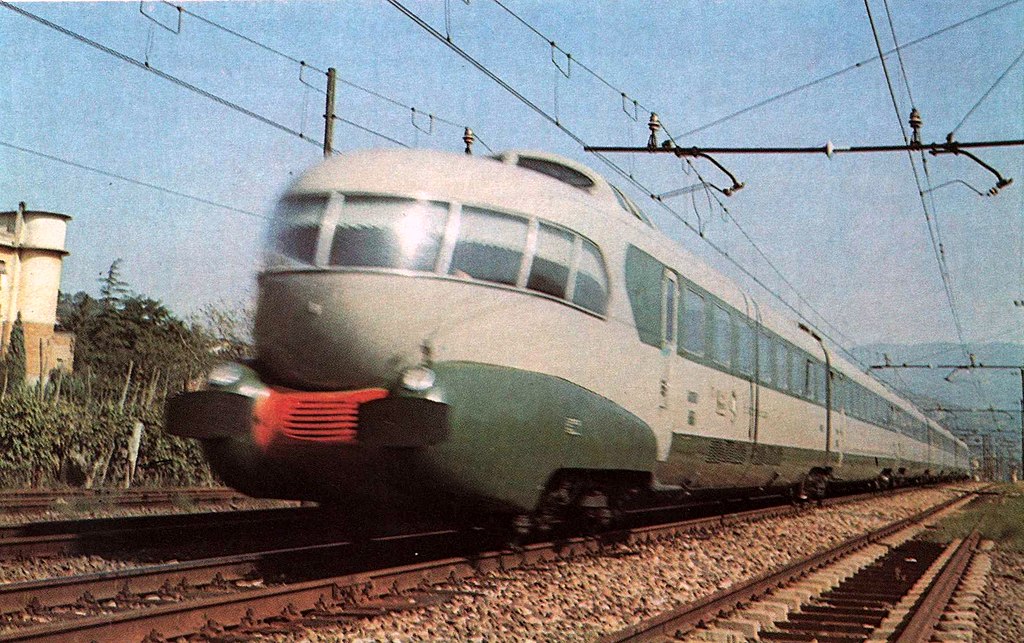
The Italian ETR 300 Settebello was more than just fast; it was a design masterpiece. Its streamlined exterior, paired with luxurious interiors, provided passengers with a futuristic travel experience. Notable for its panoramic windows, the Settebello allowed travelers to enjoy scenic views while speeding across Italy. This focus on both style and speed made it a significant influence on future high-speed trains around the world.
TGV Sud-Est (1981)
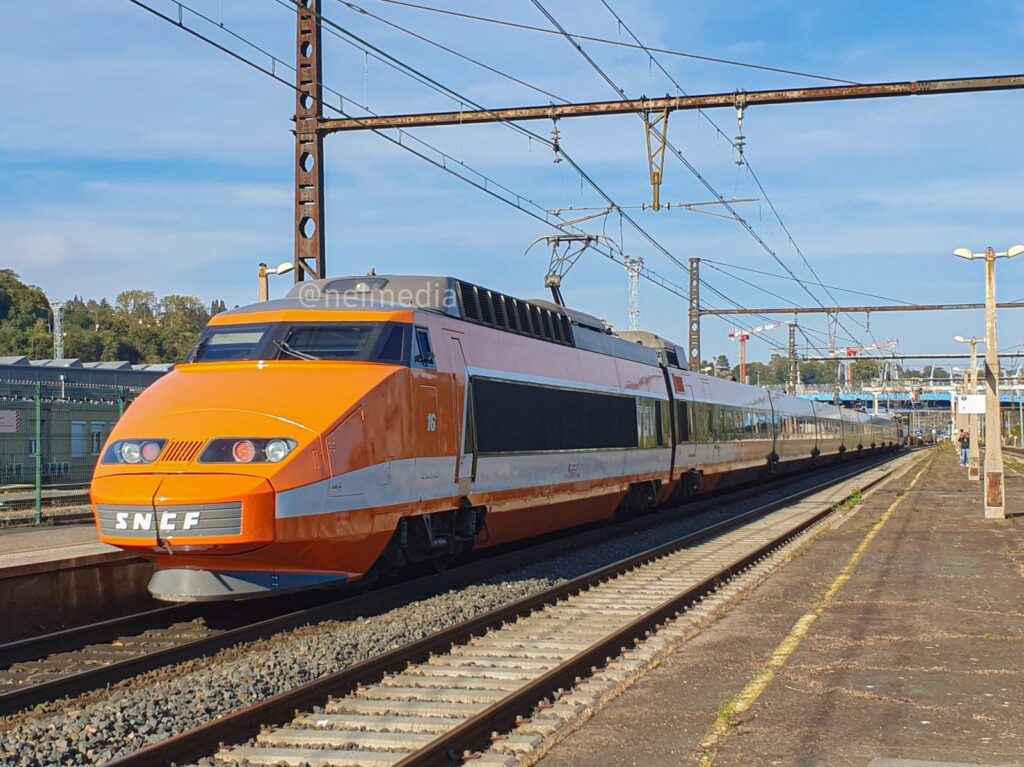
France’s TGV Sud-Est redefined high-speed rail travel, with its sharp, wedge-shaped nose that cut through the air at 168 mph. The train’s aerodynamic design allowed it to revolutionize travel between Paris and Lyon, significantly reducing journey times. Its success became a blueprint for high-speed rail systems globally, influencing train designs across Europe, Asia, and beyond. The TGV remains an enduring icon of French engineering.
Shinkansen 0 Series (1964)
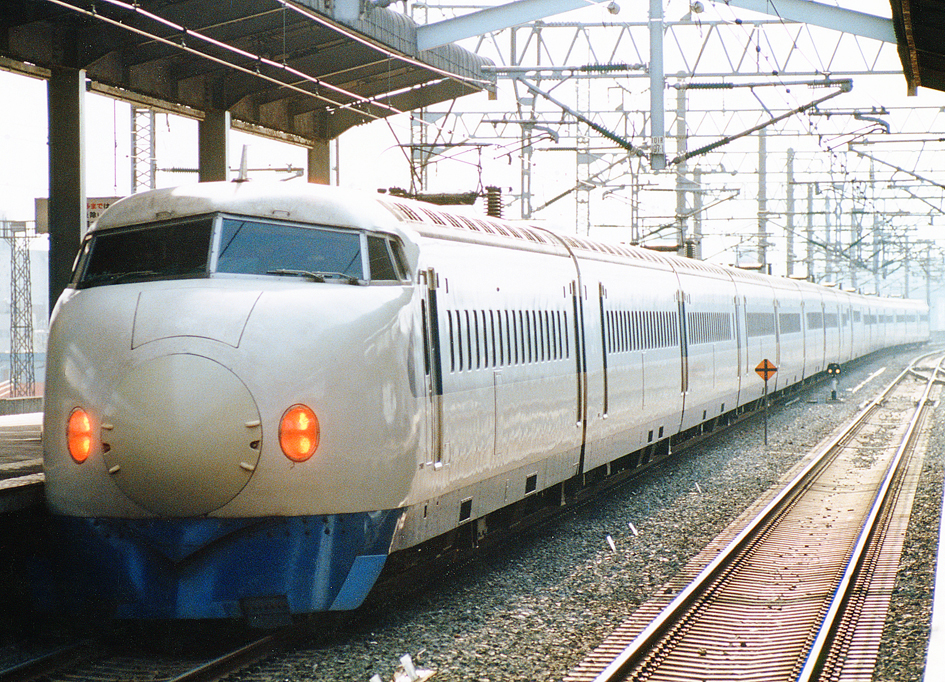
Japan’s Shinkansen 0 Series, commonly known as the “Bullet Train,” transformed modern rail travel with its sleek, bullet-like nose and speeds of 130 mph. This train was the first of its kind, introducing the concept of high-speed rail to the world. The design, focused on minimizing air resistance, set the standard for safety, speed, and efficiency. Its influence on global rail networks is undeniable, as countries continue to adopt similar designs.
Talgo II (1949)
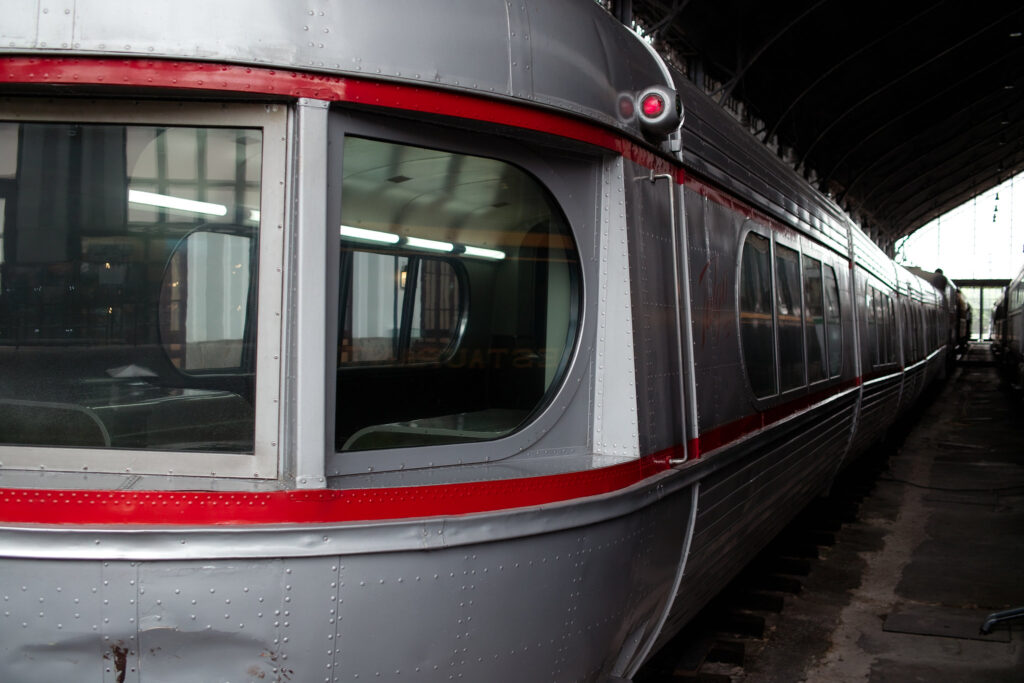
Spain’s Talgo II introduced innovative solutions to high-speed rail travel, especially in its ability to navigate sharp curves at speed. Its streamlined, lightweight construction and articulated design improved both comfort and efficiency. This train helped pioneer the concept of tilting trains, which became essential for fast, safe travel across uneven terrain. The Talgo II’s influence can be traced to modern high-speed networks worldwide.
Aerotrain (1955)
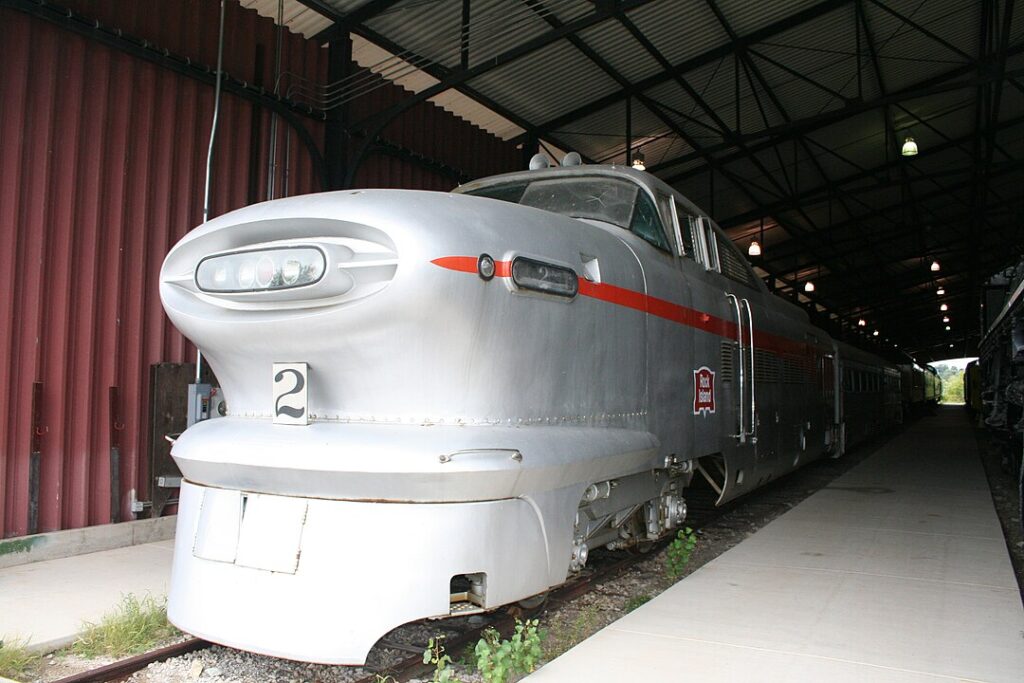
The Aerotrain, developed by General Motors, attempted to blend the future of rail with the sleek aesthetics of automobiles. Its low-slung, curved profile and jet-like appearance set it apart from conventional trains. While it had a short operational life, the Aerotrain’s futuristic design concepts influenced future developments in lightweight, efficient trains.
Hiawatha (1935)

The Milwaukee Road’s Hiawatha trains were some of the fastest in the U.S., reaching 100 mph with their streamlined steam locomotives. Their sleek and futuristic design allowed them to slice through the air with reduced drag. This train set the bar high for speed and passenger comfort, making it a model for future developments in rail design. The Hiawatha’s influence extended far beyond its routes, impacting the global rail industry.
Silver Meteor (1939)
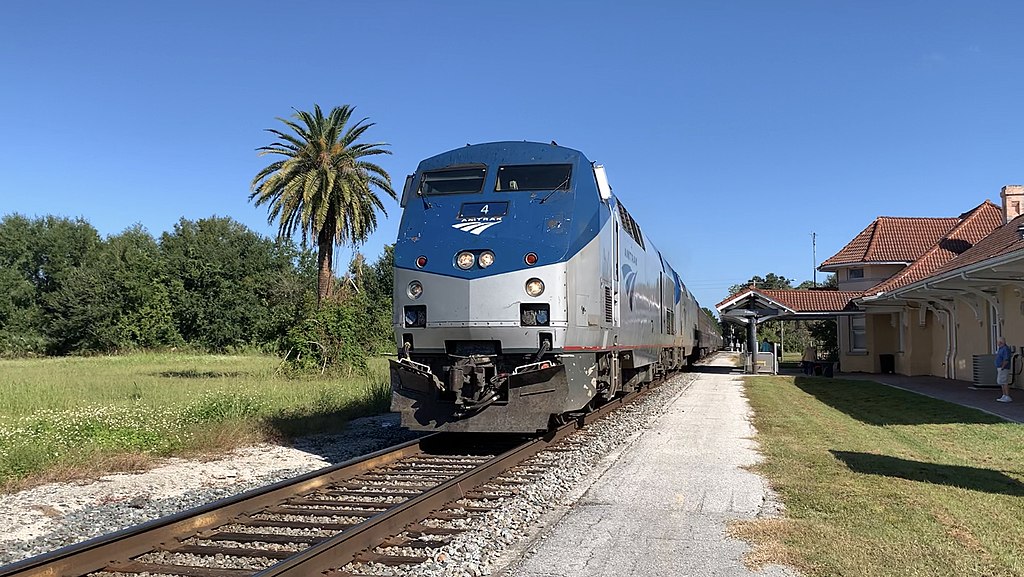
The Silver Meteor was the first all-streamlined train to operate in the southeastern United States, setting a new standard for luxury travel. Its stainless-steel body and streamlined design cut travel time and provided a smooth, elegant journey. The train’s Art Deco styling helped define the look of American trains in the mid-20th century. Its success encouraged other rail companies to adopt similar design principles, prioritizing speed and comfort.
GG1 (1934)
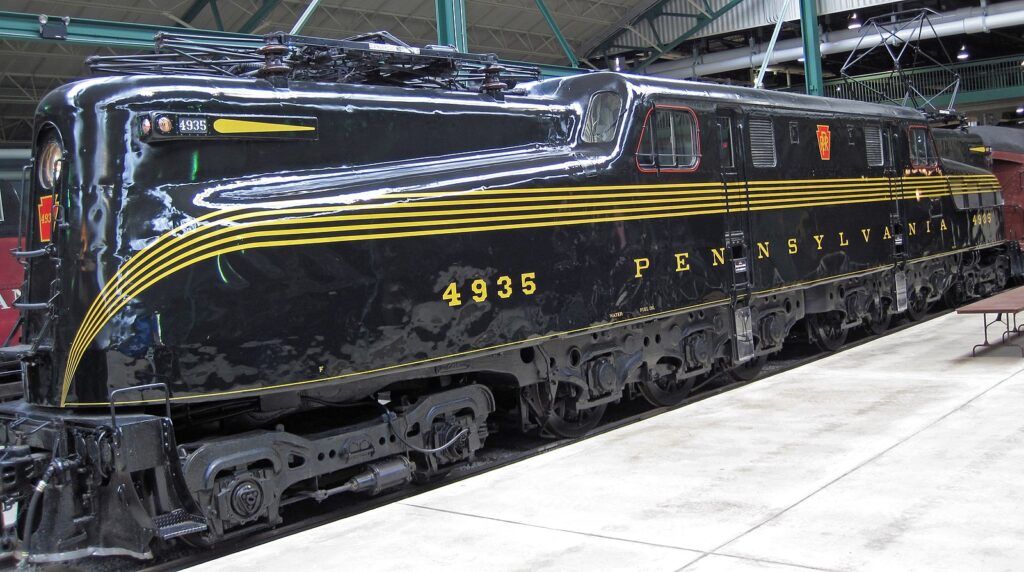
Pennsylvania Railroad’s GG1 was a pioneer in electric locomotive design, with a streamlined body created by industrial designer Raymond Loewy. Its smooth, aerodynamic shape helped reduce drag, making it one of the fastest and most efficient electric trains of its time. The GG1’s design influenced the future of electric trains in the U.S., showcasing the potential of combining functionality with style. It became a staple of American railways for decades.
AVE Class 100 (1992)
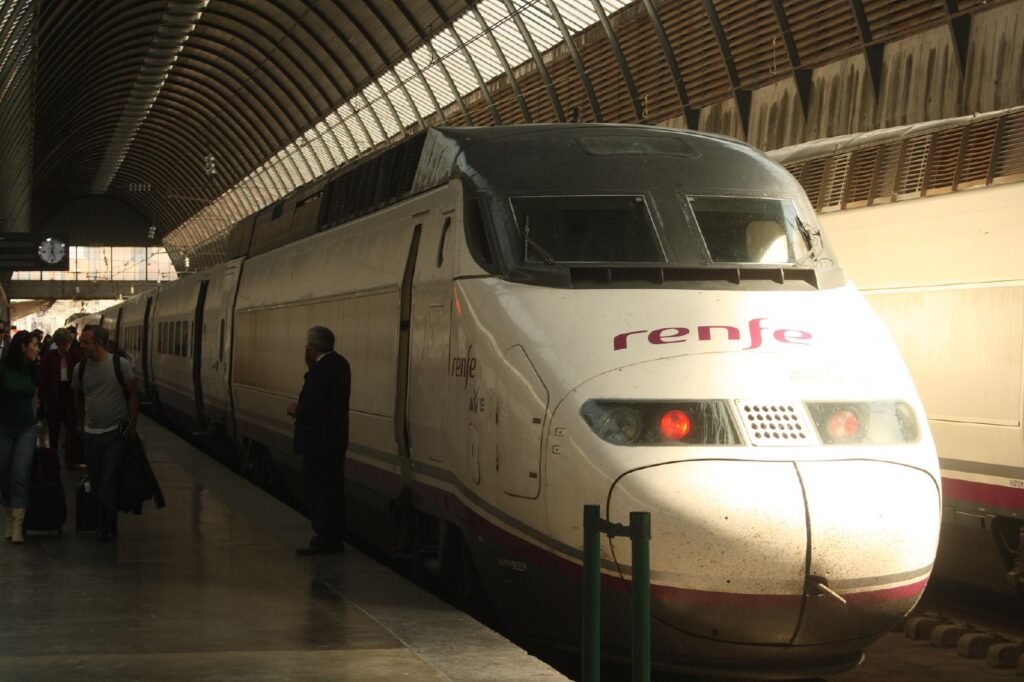
Spain’s AVE Class 100 was its first high-speed train, with a streamlined body designed to reach speeds of up to 186 mph. The train’s sleek, bullet-like nose minimized air resistance and enhanced fuel efficiency. It dramatically shortened travel times between Madrid and Seville, sparking the development of a high-speed rail network across Spain. The AVE Class 100 served as an example for future high-speed train designs across Europe.
Eurostar (1994)

Connecting London to Paris and Brussels via the Channel Tunnel, the Eurostar revolutionized cross-border travel in Europe. Its aerodynamic nose and sleek body allowed it to reach speeds of up to 186 mph, drastically cutting travel times between major European capitals. The Eurostar’s design set a new standard for international high-speed rail, influencing the development of streamlined trains throughout Europe. Today, it remains a symbol of modern, efficient rail travel.
This article originally appeared in MyCarMakesNoise.
More from MyCarMakesNoise
15 Cutting-Edge Vehicles You’ll See by 2030
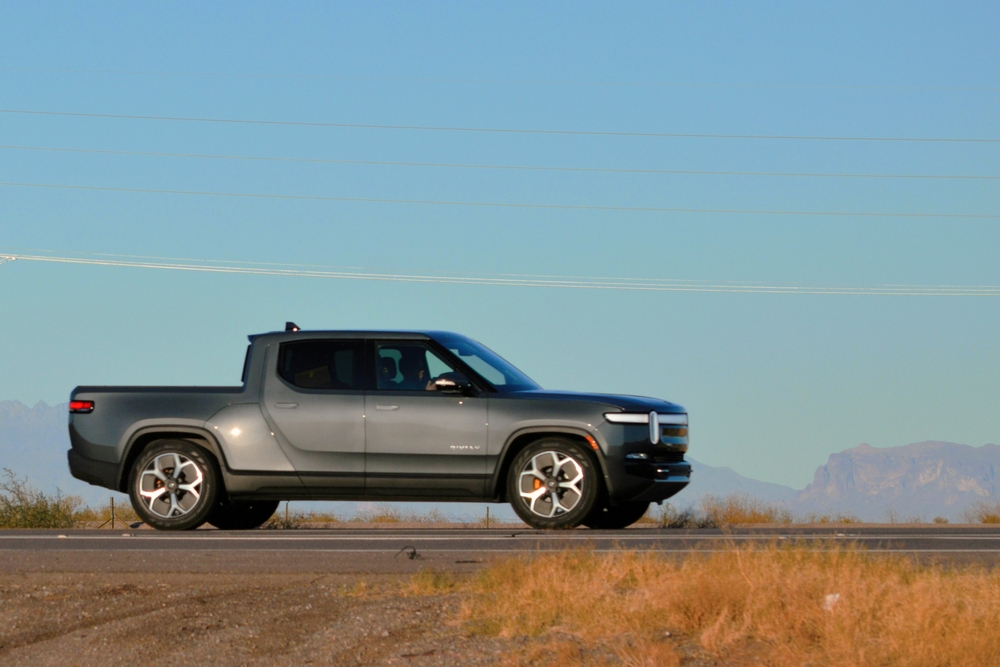
As technology continues to advance at a rapid pace, the automotive industry is gearing up for a revolutionary transformation. By 2030, our roads will be populated with high-tech vehicles that were once the stuff of science fiction. Read More.
10 Innovative Features in Modern Travel Trailers

Modern travel trailers have come a long way, offering a range of innovative features that enhance comfort, convenience, and sustainability. Whether you’re a weekend warrior or a full-time traveler, these advancements make life on the road more enjoyable and efficient. Read More.
17 Rare Concept Cars That Became Valuable Collectibles
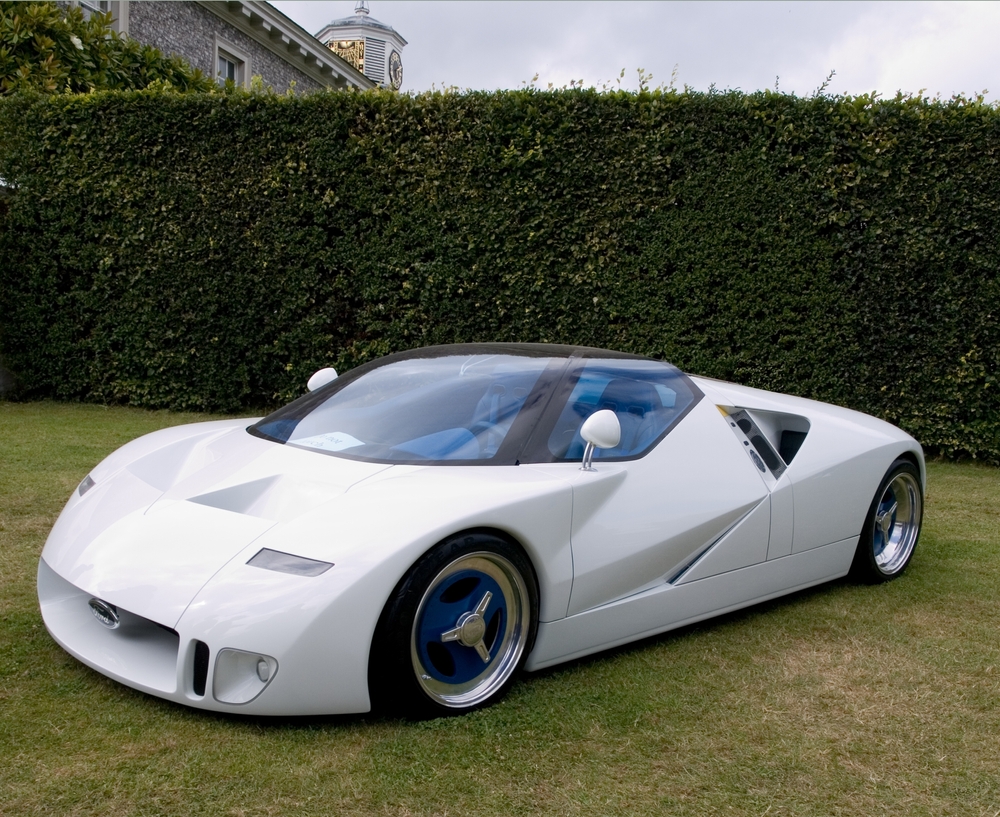
Concept cars have always fascinated car enthusiasts and collectors with their innovative designs and cutting-edge technology. Some of these rare prototypes never made it to production, yet they have become highly coveted collectibles over time. Read More.

